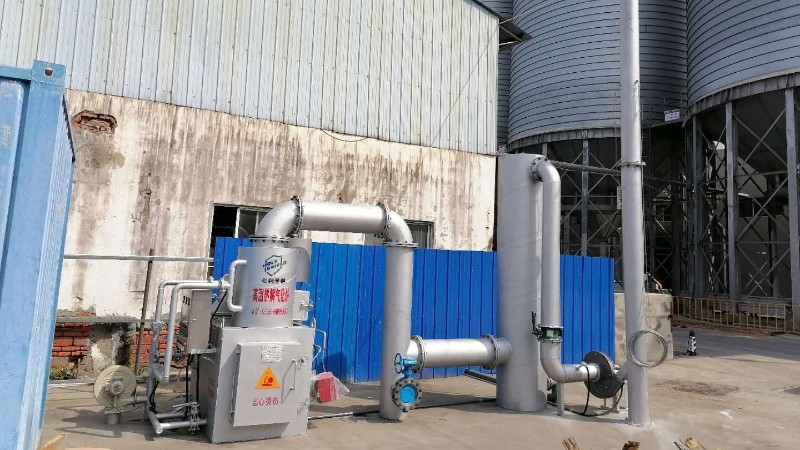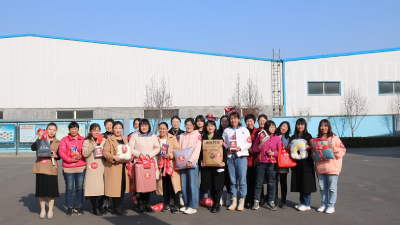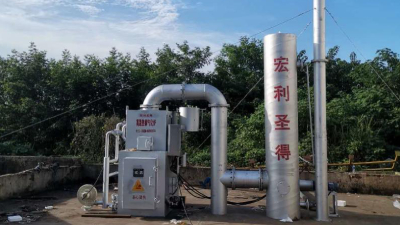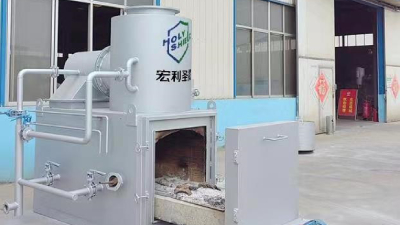Medical waste refers to the directly or indirectly infectious, toxic and other hazardous wastes produced by medical and health institutions in medical treatment, prevention, health care and other related activities. Medical wastes are divided into five categories: infectious wastes, pathological wastes, damaging wastes, pharmacological wastes and chemical wastes, all of which have been included in the National List of Hazardous Wastes.
Due to the special properties of medical waste itself, special treatment methods are required to eliminate its hazard and danger. At present, the commonly used medical waste treatment methods at home and abroad are as follows:
1. Sanitary landfill method
Sanitary landfill method is to bury garbage underground and decompose it into harmless substances through the long-term decomposition of microorganisms. If the landfill system of medical waste does not have anti-seepage measures, various toxic substances, pathogens, radioactive substances, etc. will seep into the soil with rainwater, and harmful substances will enter the human body through the food chain, endangering human health.
Therefore, the sanitary landfill needs to undergo scientific site selection, and use clay, high-density polyethylene and other materials to lay an anti-seepage layer, and a collection and output pipeline for landfill gas must be set up. Therefore, the landfill treatment method must be used very carefully. Strictly pre-treat medical waste according to relevant regulations.
2. High temperature incineration method
Incineration treatment is a chemical process of deep oxidation. Under the action of high temperature flame, the medical waste in the incineration equipment is converted into residue and gas through three stages of drying, ignition and incineration, which are the source of infection and harmful substances in medical waste. Substances can be effectively destroyed during incineration. Incineration technology is suitable for all kinds of infectious medical waste. It requires high and stable furnace temperature in the incinerator, good oxygen mixing conditions, sufficient gas residence time and other conditions. For harmless disposal.
With 16 years of production and R&D experience,
Holy Shield is a professional
incinerator manufacturer. Has an independent technical research and development team, constantly innovating incineration technology, and has obtained 30 patent certifications. Our capabilities can better help you customize a better
medical waste incinerator.

3. High pressure steam sterilization
The principle of the pressure steam sterilization treatment method is that the medical waste is operated for more than 20mn under the high temperature and high pressure process conditions, and the pressure steam penetrates the inside of the object, so that the protein of the microorganism is coagulated and denatured and killed; it should be noted that when using this treatment method Medical waste must be shredded, either before or after cooking, but the State Environmental Protection Administration announced the "Technical Specifications for the Centralized Treatment of Medical Waste with High-Temperature Steam", which stipulates that the size of the shredded should not be larger than 50mm. This method is not suitable for the treatment of pathological waste, such as human tissue and animal carcasses, and the treatment efficiency of pharmaceutical and chemical waste is also not high.
4. Pyrolysis
Pyrolysis is to use the instability of organic matter in garbage to heat and distill it under the condition of anaerobic or anoxic conditions, so that the organic matter is thermally cracked, and after condensation, various gases, liquids and solids are formed, from which fuel oil, Grease and gas process.
5. Chemical disinfection method
The essence of the chemical disinfection method is to mix the crushed medical waste with a certain concentration of disinfectant (sodium hypochlorite, peracetic acid, glutaraldehyde, ozone, etc.), and ensure that it has sufficient contact area and time with the disinfectant. During the disinfection process, it is decomposed and the microorganisms are killed. The large contact between the disinfectant and the medical waste is the premise to ensure the treatment effect. Improve the degree of crushing and ensure that the disinfectant can penetrate it by using shear crushing equipment. Chemical disinfection is suitable for the treatment of liquid medical waste and pathological waste, and has recently been gradually used for the treatment of medical waste that cannot be sterilized by heating or wetting.
6. Microwave disinfection method
Microwave disinfection technology is a new type of medical waste treatment technology, but it is still limited to small batch and intermittent treatment of medical waste, and cannot meet the requirements of large batch and continuous treatment of medical waste.
Among the above six treatment technologies, sanitary landfill technology is generally used as a supporting treatment method for other technologies and is rarely used alone. The high-temperature incineration method is suitable for all kinds of medical waste. After incineration, the volume and weight of the waste are significantly reduced, the disinfection and sterilization and pollutant removal effects are good, and the technology is mature. High pressure steam sterilization has low investment, low operating costs, and low risk of residues; however, it is prone to foul odors, may have air pollution emissions, and medical waste must be shredded to a size of less than 50mm. The chemical disinfection method is divided into dry type and wet type. The process equipment and operation are simple and convenient, and the deodorization effect is good. The dry type needs to be used together with crushing treatment, while the wet type will generate waste liquid and waste gas.



